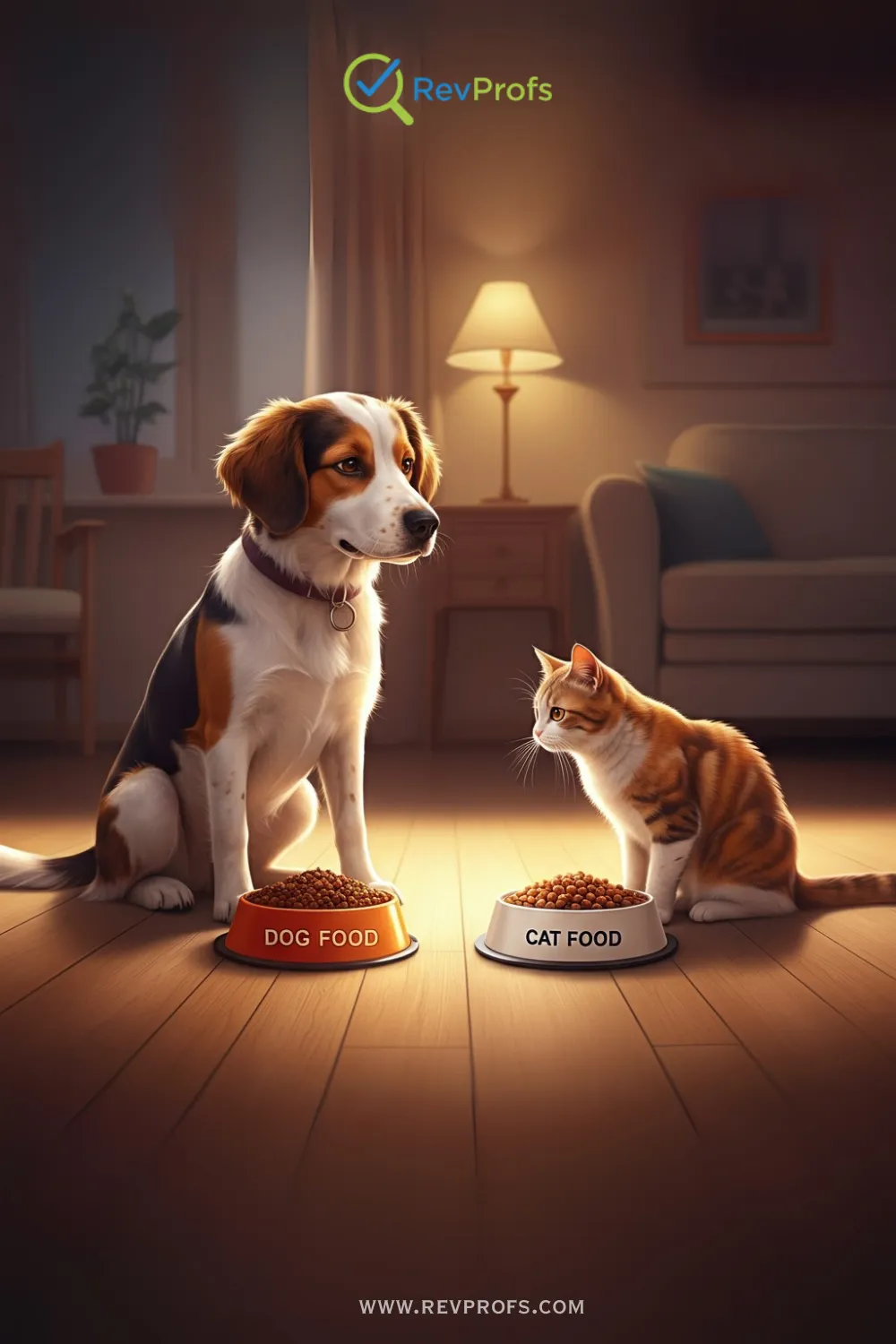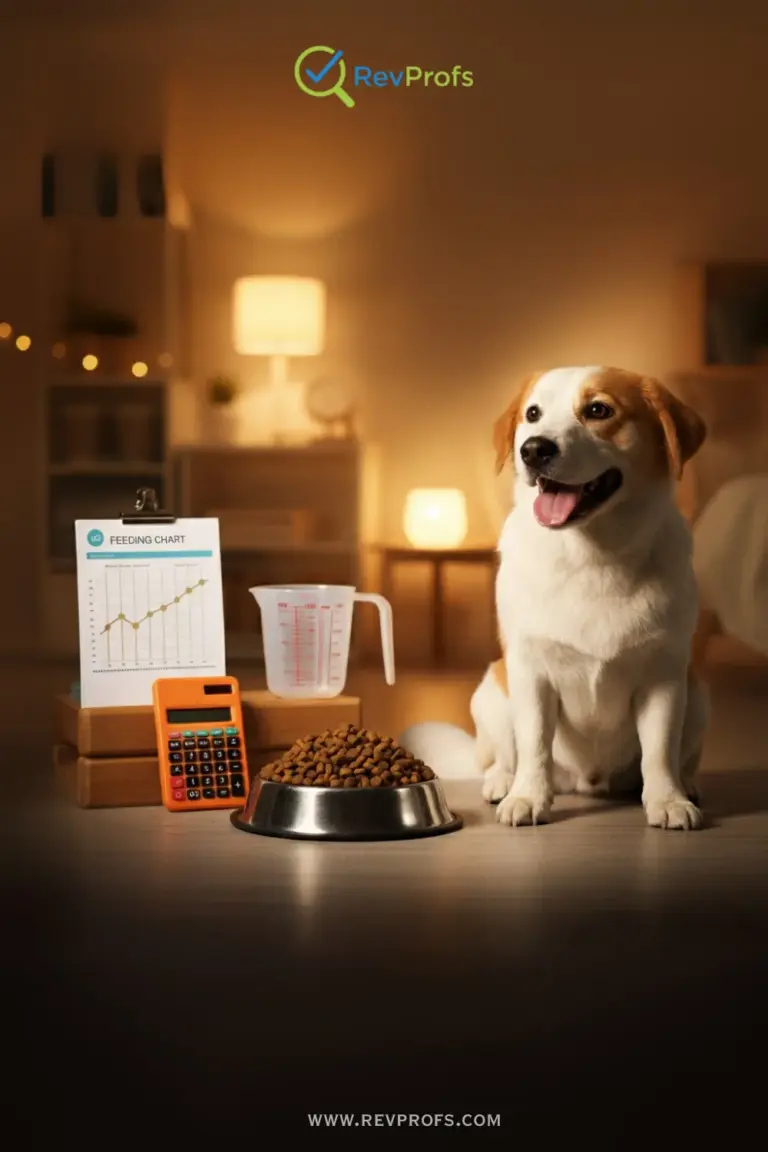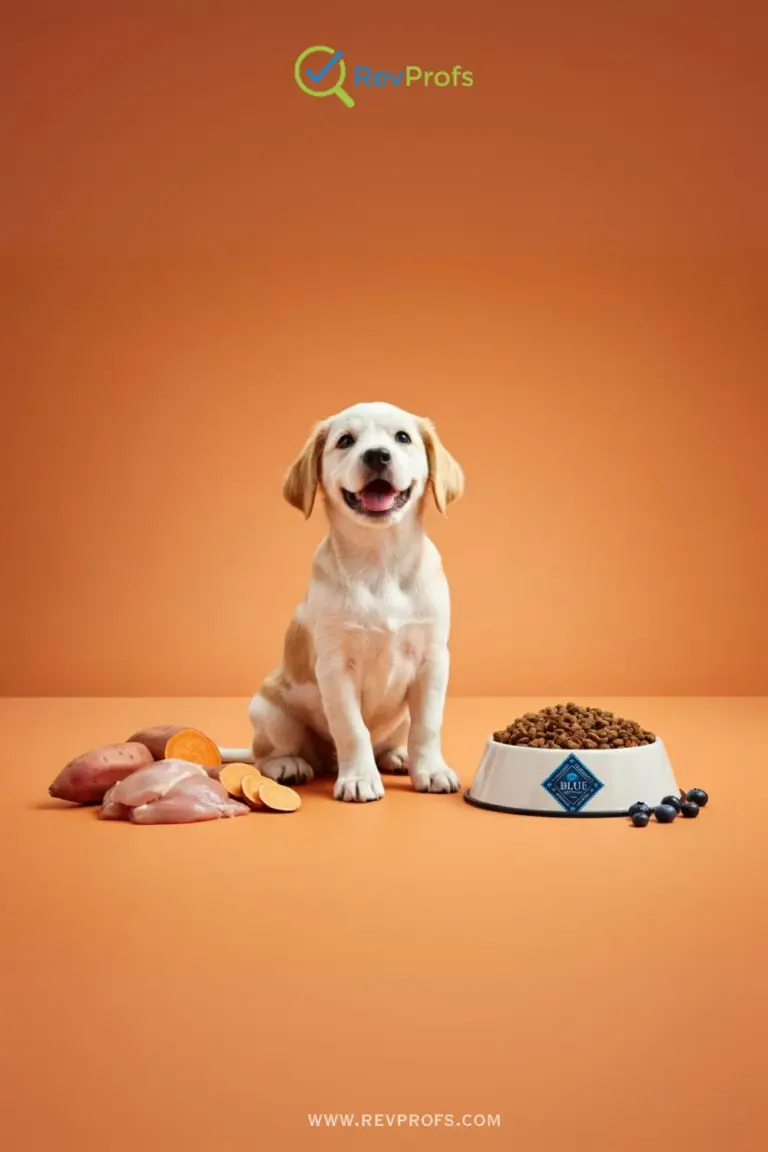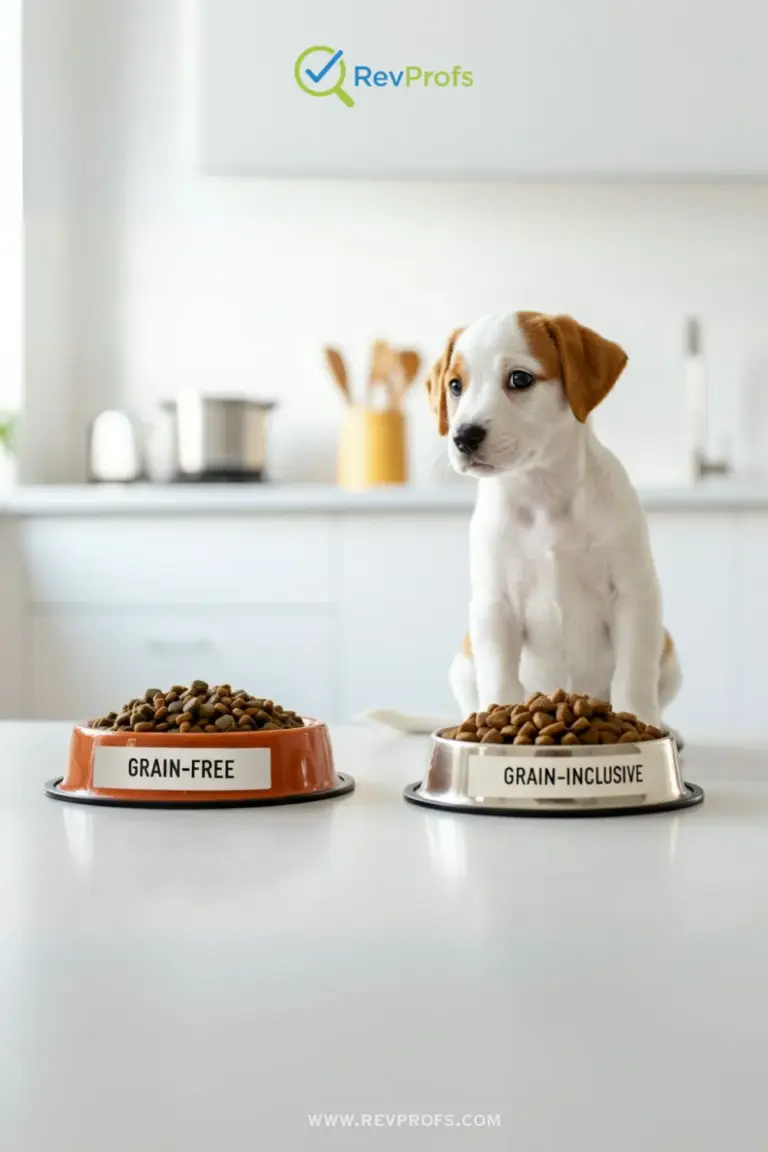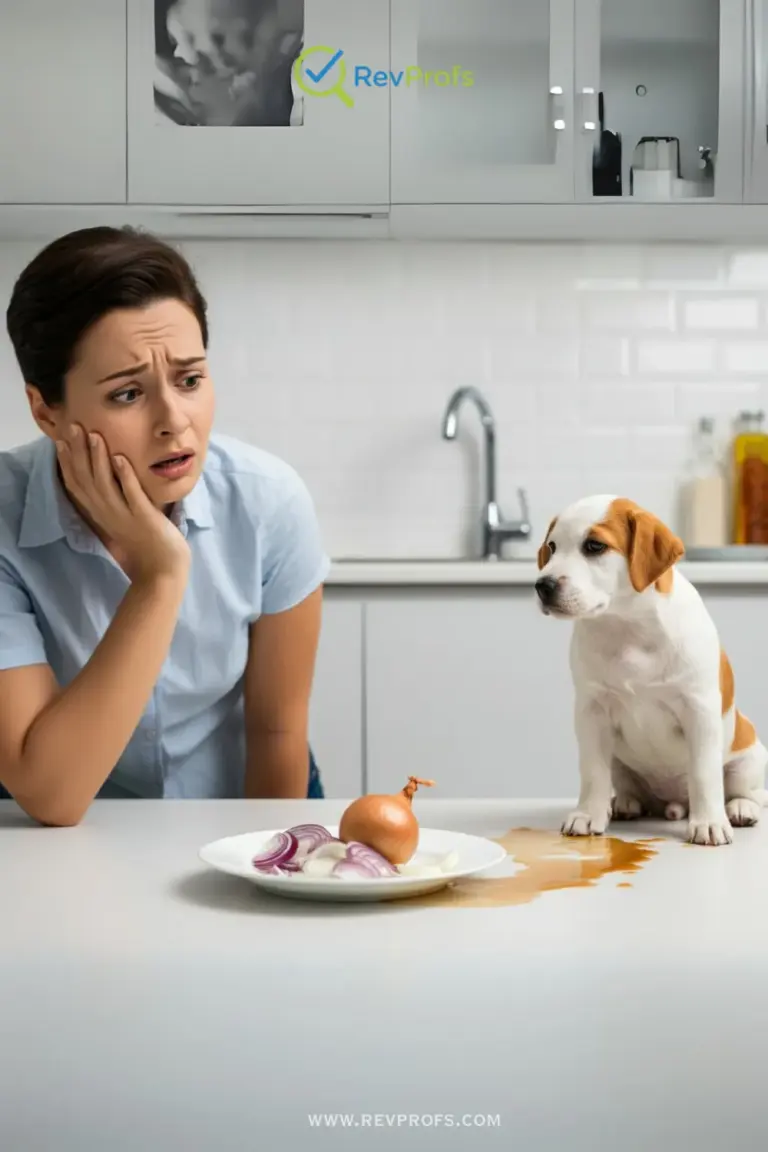Can Dogs Eat Cat Food? 7 Things Owners Need to Know
It’s a common scene in multi-pet households: you set down the cat’s food bowl, turn your back for a second, and find your dog happily munching away on the forbidden kibble. This often leads to the question, can I feed cat food to a dog? While a few stolen bites here and there might not cause a major issue, making it a regular habit can lead to health problems for your canine companion. Understanding the differences between cat and dog food is key to ensuring your furry family members get the right nutrition.
Many pet parents wonder what to do when their dog seems to enjoy the cat’s dinner more than their own. If this sounds familiar, you’re not alone! We’ll walk through everything you need to know, from the occasional snack to the long-term effects. Let’s explore why cat food isn’t the best choice for your dog and what you can do about it.
What Happens if a Dog Eats Cat Food?
If your dog sneaks a mouthful of cat food, there’s usually no need to panic. For most healthy adult dogs, a small amount of cat food is unlikely to cause any immediate harm. The most common side effect is mild digestive upset. Because cat food is much richer in protein and fat, it can be a shock to a dog’s digestive system.
You might notice symptoms like:
- Vomiting
- Gas
- An upset stomach
A more serious, though less common, reaction is when a dog ate cat food now has diarrhea. This happens because the high-fat content can be difficult for their system to process, leading to loose stools. If the diarrhea is severe, persistent, or accompanied by other signs of illness like lethargy or loss of appetite, it’s always best to contact your veterinarian for guidance.
For dogs with sensitive stomachs or pre-existing health conditions like pancreatitis, even a small amount of rich cat food can trigger a painful flare-up. Pancreatitis is a serious inflammation of the pancreas, and high-fat foods are a known risk factor.
Nutritional Differences Between Dog and Cat Food
To understand why cat food isn’t ideal for dogs, we need to look at the fundamental nutritional differences between dog and cat food. Dogs and cats have evolved with very different dietary requirements.
Cats are obligate carnivores. This means their bodies are designed to get nutrients exclusively from animal tissue. Their dietary needs are very specific and include:
- High Protein: Cat food contains significantly higher levels of protein to support their muscle mass and energy needs.
- High Fat: Cats use fat as a primary energy source, so their food is formulated to be rich in healthy fats.
- Taurine: This is an essential amino acid for cats. They cannot produce it on their own and must get it from their diet. A taurine deficiency in cats can lead to serious heart conditions and vision problems.
- Arachidonic Acid: Another essential fatty acid for cats that they must obtain from food.
- Vitamin A: Cats require a pre-formed source of Vitamin A, found in animal tissues, as they cannot convert beta-carotene into Vitamin A like dogs and humans can.
Dogs, on the other hand, are omnivores. While they thrive on a meat-based diet, their bodies are also capable of digesting and drawing nutrients from plant matter. Their nutritional needs differ from cats in several ways:
- Balanced Protein and Fats: Dog food is formulated with a more moderate balance of protein and fat to support a healthy weight and energy level without overloading their system.
- Carbohydrates: Dogs can efficiently use carbohydrates for energy, and these are often included in their food in the form of grains, vegetables, and fruits.
- Nutrient Synthesis: Dogs can synthesize their own taurine and arachidonic acid, so these do not need to be supplemented in their food at the same levels as for cats. They can also convert beta-carotene into Vitamin A.
Essentially, cat food is a highly concentrated, specialized diet. Feeding it to a dog is like giving a person a steady diet of rich, buttery desserts. It tastes good, but it doesn’t provide balanced nutrition and can lead to health issues over time.
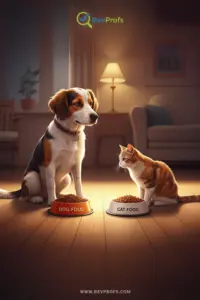
Can I Feed Cat Food to a Dog?
So, let’s directly answer the main question: can I feed cat food to a dog? The short answer is no, you should not feed cat food to your dog as their primary source of nutrition. While a rare, accidental ingestion isn’t a cause for major alarm, cat food lacks the proper nutritional balance that dogs need to thrive.
Think of it like this: a dog’s nutritional needs are like a carefully balanced recipe. They need specific amounts of protein, fat, carbohydrates, vitamins, and minerals. Cat food uses a completely different recipe designed for a different species. Regularly feeding your dog cat food is like trying to bake a cake with a bread recipe—the end result just won’t be right.
Is Cat Food Bad for Dogs?
Yes, in the long run, is cat food bad for dogs is a question with a clear answer. A consistent diet of cat food can lead to several health problems. The high protein levels can put a strain on a dog’s kidneys and liver, especially in older dogs or those with underlying health issues.
The biggest concern for most dogs is the high-fat content. A diet that is too rich can lead to:
- Obesity: The extra calories from the high fat and protein content can easily cause your dog to gain weight. Obesity in dogs is linked to a host of other health problems, including joint pain, diabetes, and a shorter lifespan.
- Pancreatitis: As mentioned earlier, this is a painful and potentially life-threatening inflammation of the pancreas that can be triggered by high-fat meals.
- Gastrointestinal Upset: Chronic digestive issues, including diarrhea and vomiting, can occur if a dog’s system is constantly trying to process a diet that is too rich for it.
Because cat food isn’t formulated for dogs, it may also lack the correct balance of other essential nutrients your dog needs, which can lead to deficiencies over time.
Can Puppies Eat Cat Food?
The question of can puppies eat cat food is even more critical. The answer is a firm no. Puppies have very specific nutritional requirements to support their rapid growth and development. They need a precise balance of calcium and phosphorus for strong bones, DHA for brain and eye development, and carefully calibrated levels of protein, fat, and calories.
Feeding a puppy cat food, even for a short period, can disrupt this delicate balance. The high protein and fat content can cause their growth to accelerate too quickly, potentially leading to skeletal and joint problems like hip dysplasia, especially in large-breed puppies. They would also miss out on the specific puppy-formulated nutrients that are vital for building a healthy immune system and strong body. Always feed your puppy a high-quality food specifically designed for their age and size.
Long Term Effects of Dog Eating Cat Food
If a dog continues to eat cat food regularly, the long term effects of dog eating cat food can be quite serious. Over months or years, the nutritional imbalances can take a toll on your dog’s health.
Potential long-term health issues include:
- Chronic Kidney Disease: The kidneys have to work harder to filter the excess protein from cat food, which can lead to damage over time.
- Liver Issues: Similar to the kidneys, the liver can be strained by an overly rich diet.
- Nutritional Deficiencies: Dog food is fortified with the specific vitamins and minerals a dog needs. A diet of cat food may lead to deficiencies in nutrients that are crucial for a dog’s health but not for a cat’s.
- Joint Problems: Obesity caused by the high-calorie diet puts extra stress on a dog’s joints, which can worsen conditions like arthritis and cause significant pain.
- Bladder Stones: Some studies suggest that the high mineral content in certain cat foods could contribute to the formation of bladder stones in some dogs.
It’s clear that while your dog might find cat food tasty, it’s not a healthy or sustainable diet for them.
My Dog Prefers Cat Food: What Should I Do?
It can be frustrating when you buy premium dog food only to find that my dog prefers cat food. The reason for this is simple: the high protein and fat content make cat food smell more pungent and taste richer, which many dogs find irresistible.
If you’re facing this battle, don’t worry! There are several things you can do to manage the situation and get your dog excited about their own food again.
- Separate Feeding Areas: The easiest solution is to prevent access. Feed your cat in a separate room with the door closed, or place the cat’s food bowl on a high surface like a counter or cat tree that your dog can’t reach.
- Scheduled Feeding Times: Instead of leaving food out all day (free-feeding), switch to scheduled meal times for both pets. Offer food for 15-20 minutes, and then pick up any uneaten portions. This teaches your dog that their mealtime is a specific event and reduces the opportunity for them to steal from the cat.
- Make Their Food More Appealing: Try enhancing your dog’s own food. You can mix in a small amount of wet dog food, add a splash of low-sodium bone broth, or top it with a dog-safe food topper. This can make their meal more enticing without compromising their nutrition.
- Use a Puzzle Feeder: Turn mealtime into a game by using a puzzle feeder or a slow-feeder bowl. This can make your dog’s own food more interesting and engaging, satisfying their mind as well as their stomach.
- Check for Underlying Issues: In rare cases, a sudden preference for cat food could signal a health issue. If your dog is also losing weight or showing other signs of illness, consult your vet to rule out any medical problems.
Remember to be patient and consistent. It may take some time to retrain your dog’s habits, but providing them with the right nutrition is one of the most important things you can do for their long-term health and happiness.
Ready for the Next Step?
Your pet's journey doesn't end here. Explore our expert guides to ensure they get the best care at every stage.
Puppy & Dog Care
From choosing the right food to understanding their behavior, our dog care guides cover everything you need to know.
Explore Dog GuidesGear & Product Reviews
Find honest, in-depth reviews on the latest pet gear, from smart collars to durable toys, and make informed decisions.
See All Reviews
